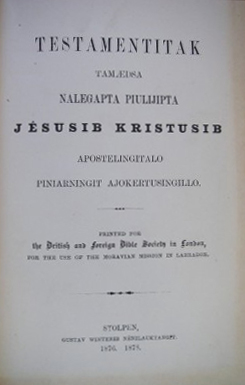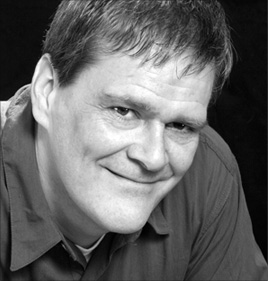I vaguely remember seeing a particular episode of Murder She Wrote years ago. A character was trying to sell Jessica some sort of plotting software. This got caught in my mind because the idea of plotting software (in the mid-‘80s) struck me as both frightening and magnetically appealing.
For anyone who knows me, it will come as no surprise that I never quite got around to trying any of this software. I suppose I might have, if I’d heard of somebody else using it. Outlining is a topic that comes up pretty quickly when writers talk. There is no perfect method. There is no universal method. Most writers, like me, have a variety of different systems and tricks depending upon the need.
I was finally driven to try software while dreaming up a complex plot. I’ve been tinkering with this plot now and then for months.
I’ve now spent the weekend playing with Scrivener. I do believe it’s working for me. I’m, ah, already starting to clip together the index cards. Or whatever. It’s pretty cool. There’s still no perfect method of outlining, but Scrivener just took me a step closer.



The Black Joke
Farley Mowat, The Black Joke (McClelland & Stewart, 1962).